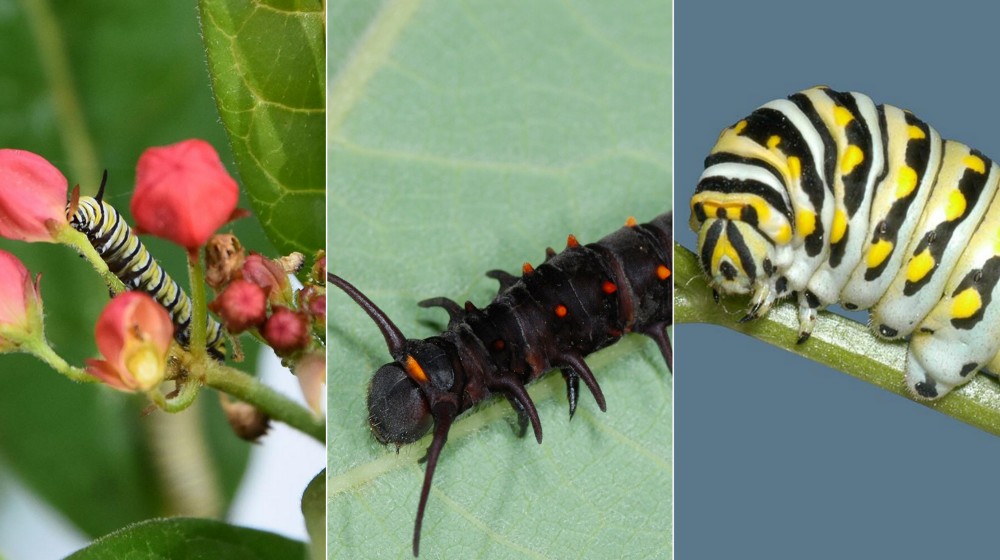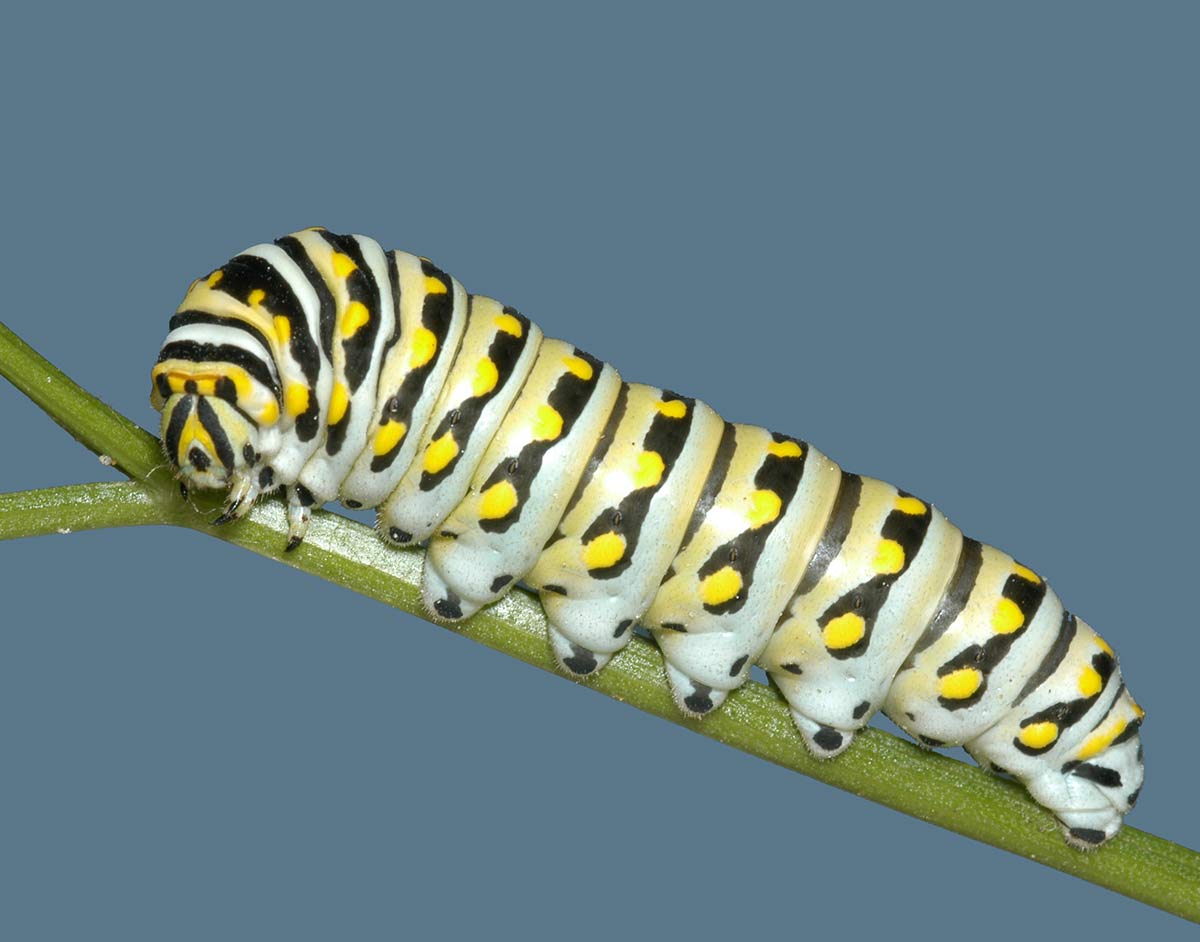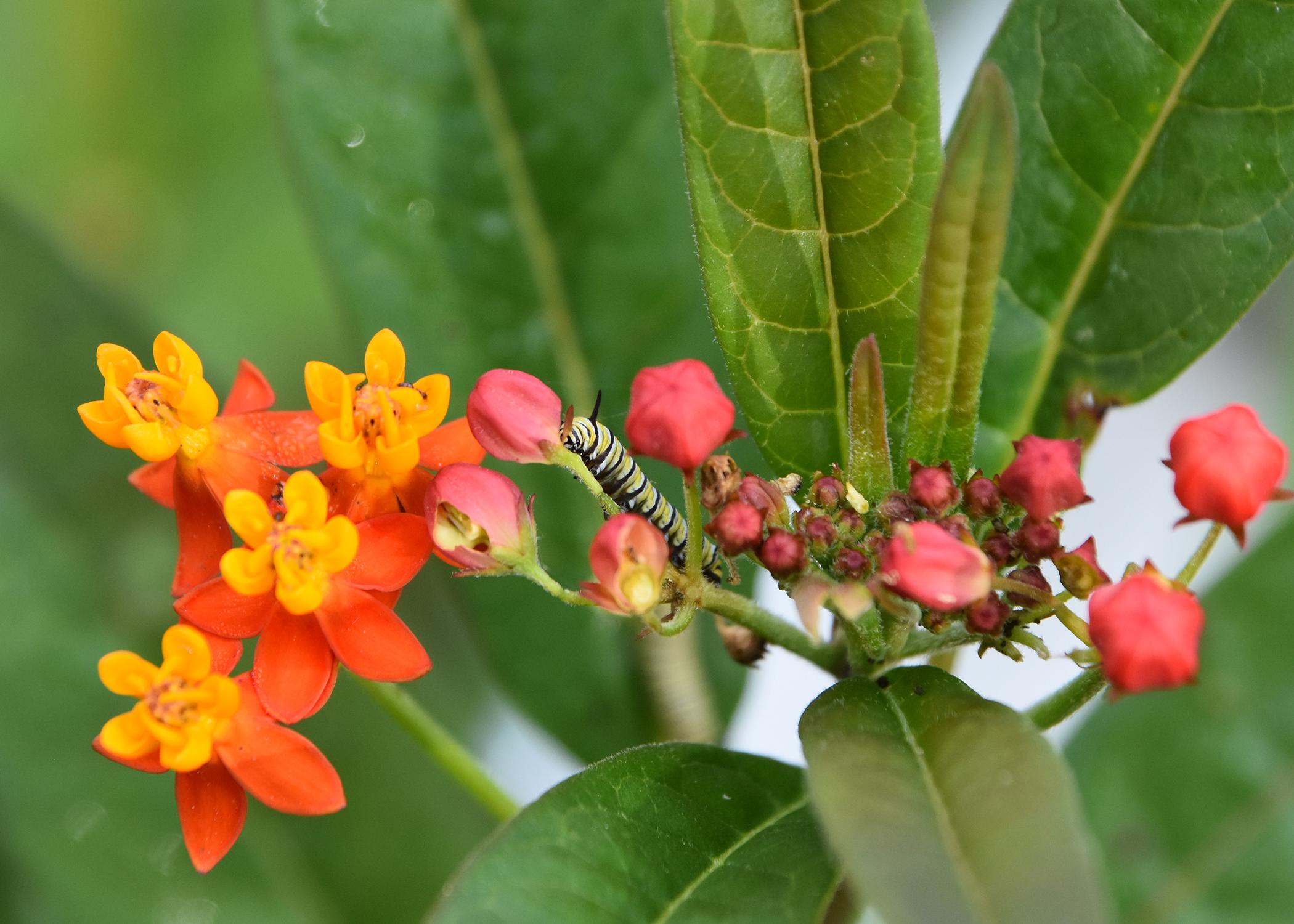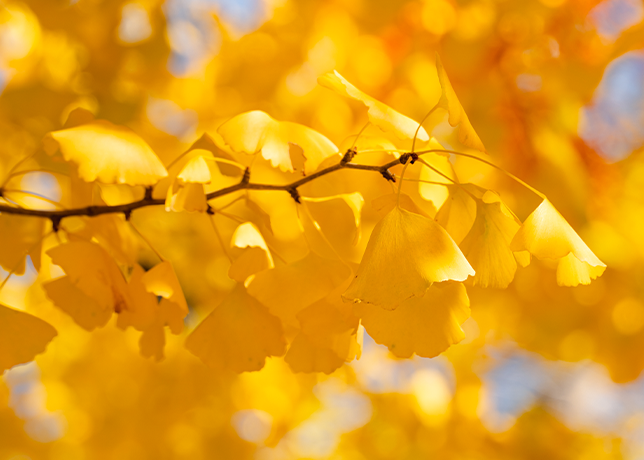3 Common Butterfly Caterpillars

Monarch Butterfly, Pipevine Swallowtail, and Black Swallowtail Caterpillars are commonly found in Mississippi.
Butterflies aren’t just beautiful. They are important pollinators for wildflowers and woody plants. But before they transform into the colorful, winged adults you see fluttering around your landscape, they are caterpillars hatched from eggs. Mississippi is home to more than 50 species of butterflies. Have you seen any of these three common butterfly caterpillars in your yard?
Black Swallowtail Caterpillars

These caterpillars are often confused with monarch butterfly caterpillars because they both have vertical stripes that are black, white, and yellow or green.
But it’s easy to tell them apart because of the plants they prefer to eat. Black swallowtail caterpillars are also called parsley worms because they feed on parsley, dill, fennel, carrots, celery, and parsnips.
Most butterfly caterpillars are not pests, but black swallowtail caterpillars have pest status with vegetable and herb gardeners because adult caterpillars can destroy their favorite food plants in just a few days as they approach the chrysalis phase of their life cycle. But many wildlife gardeners will plant extra herbs for these larvae.
Black swallowtail caterpillars have a hidden defense mechanism and are missing the black, whip-like projections that monarch caterpillars have on each end of their bodies. Instead, black swallowtail caterpillars have an evertible gland, known as an osmeterium, hidden in the orange slit on their heads just above the three black dots located there. When it feels threatened, it arches its back and sticks out the orange, forked gland, which emits an unpleasant odor. Depending on the species of swallowtail caterpillar the color of and odor from the gland will differ.
Learn more about this butterfly caterpillar in the Bug’s Eye View newsletter by Extension entomologist Blake Layton.
Monarch Butterfly Caterpillars

Monarch butterfly caterpillars have black, white, and yellow or green vertical stripes. They also have a set of black, whip-like structures on each end of their bodies. This is one easy way to tell them apart from black swallowtail butterfly caterpillars.
A second way to distinguish the two is their diets. Monarch butterfly caterpillars feed exclusively on milkweed.
You should begin to see monarch butterflies at the end of March and into April as they make their way to Canada from their overwintering grounds in Mexico. They’ll be looking for milkweed, which they eat and lay their eggs on. Keep an eye out for monarch caterpillars in May.
If you want to add some milkweed to your landscape, check out Extension horticulture specialist Gary Bachman’s variety recommendations in his Southern Gardening column.
Pipevine Swallowtail Caterpillar

Pipevine swallowtail caterpillars look dangerous with their dark purple bodies that sport orange spots and dark, spike-like body protrusions.
Both the caterpillars and the butterflies taste awful and are toxic to birds. Pipevine swallowtail caterpillars feed on dutchmans pipe, Aristolochia spp. The toxins come from this plant, which has heart-shaped leaves and flowers that resemble a pipe.
Pipevine swallowtails are much more lovely as butterflies. They are black with iridescent hind wings. Bright orange spots dot the undersides of the hind wings, which have the characteristic tail-like projection of swallowtail butterflies.
Learn more about this butterfly in the Bug’s Eye View newsletter by Extension entomologist Blake Layton.
If you want more butterflies in your landscape, check out Extension Factsheet, “Attracting Butterflies to Mississippi Gardens” and Extension Publication 2402, “Establishing a Backyard Wildlife Habitat.”
Subscribe to Extension for Real Life
Fill in the information below to receive a weekly update of our blog posts.









